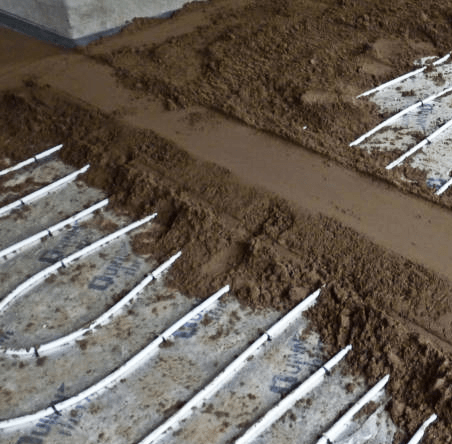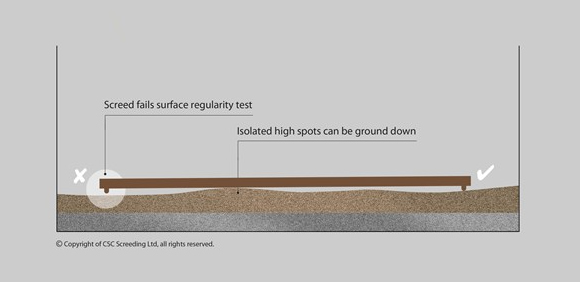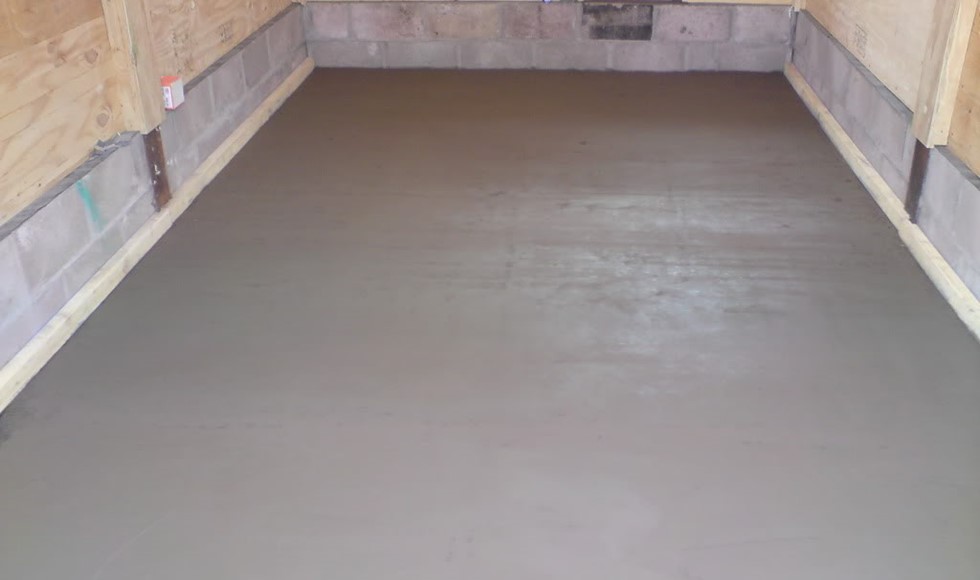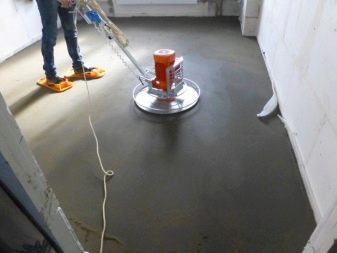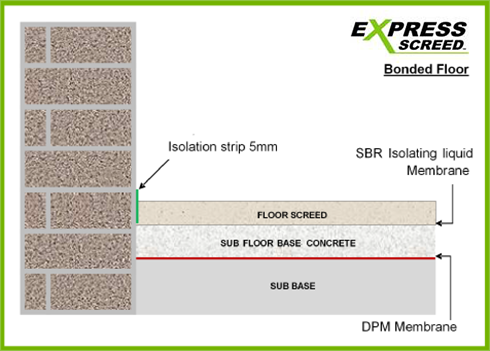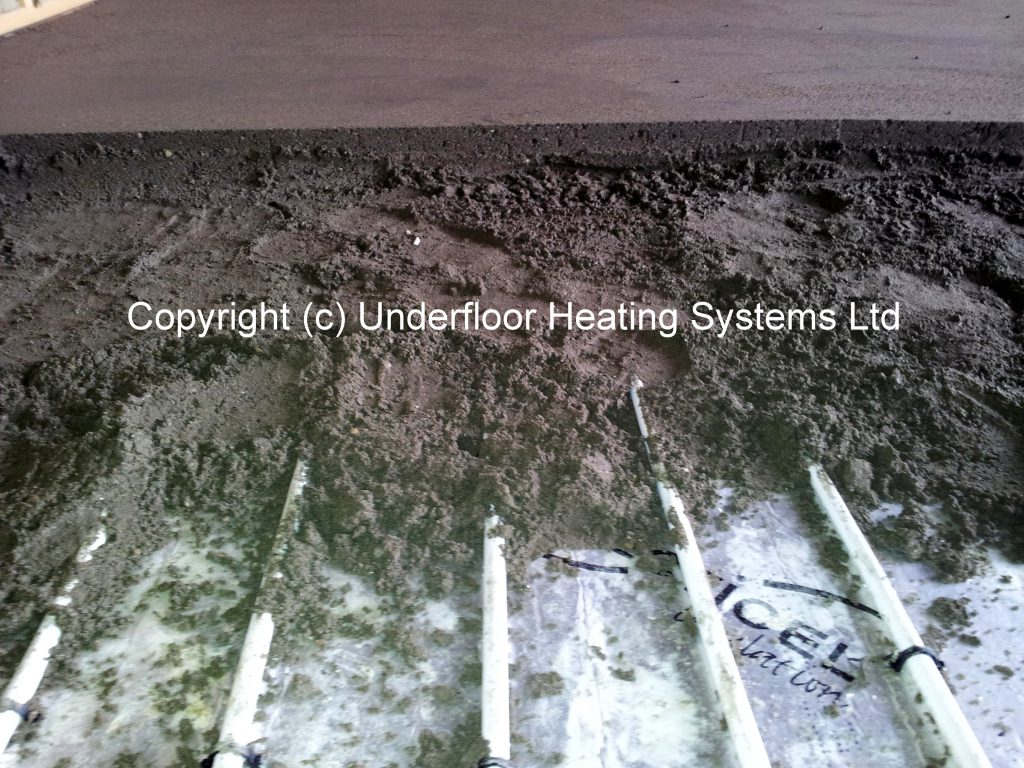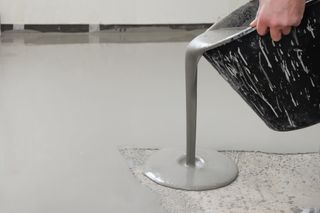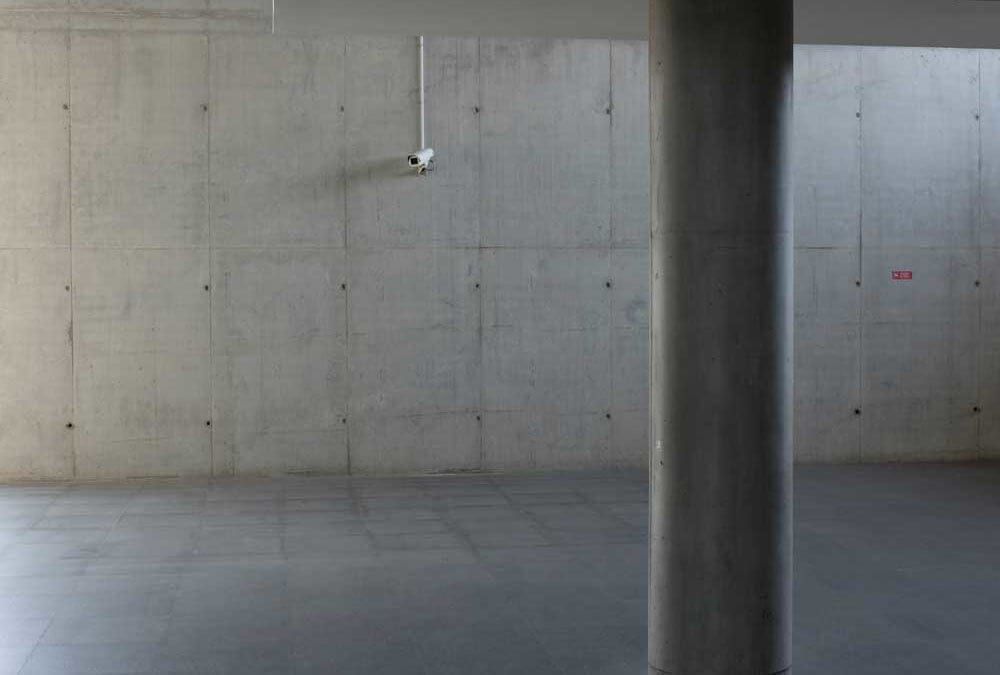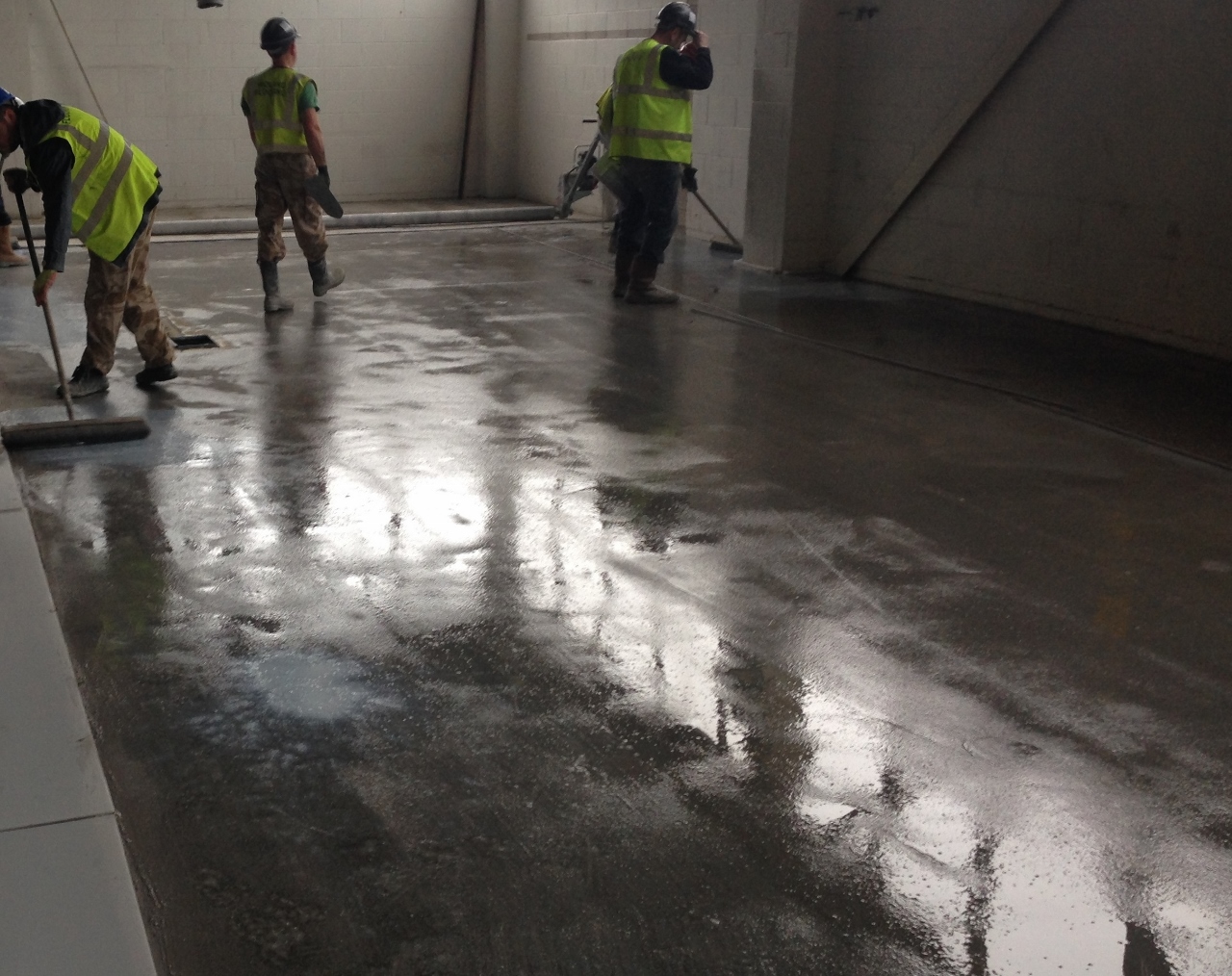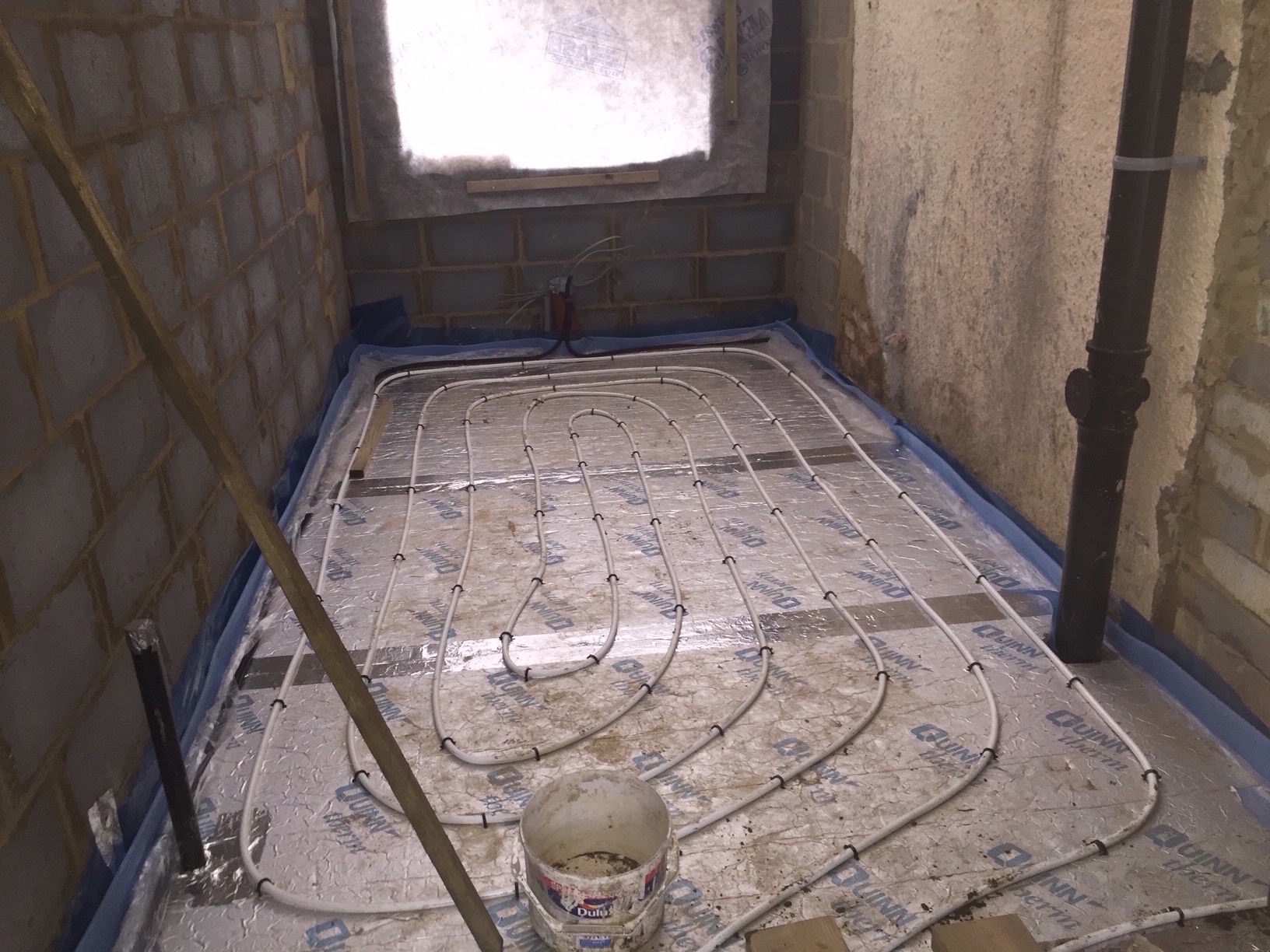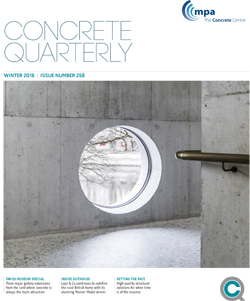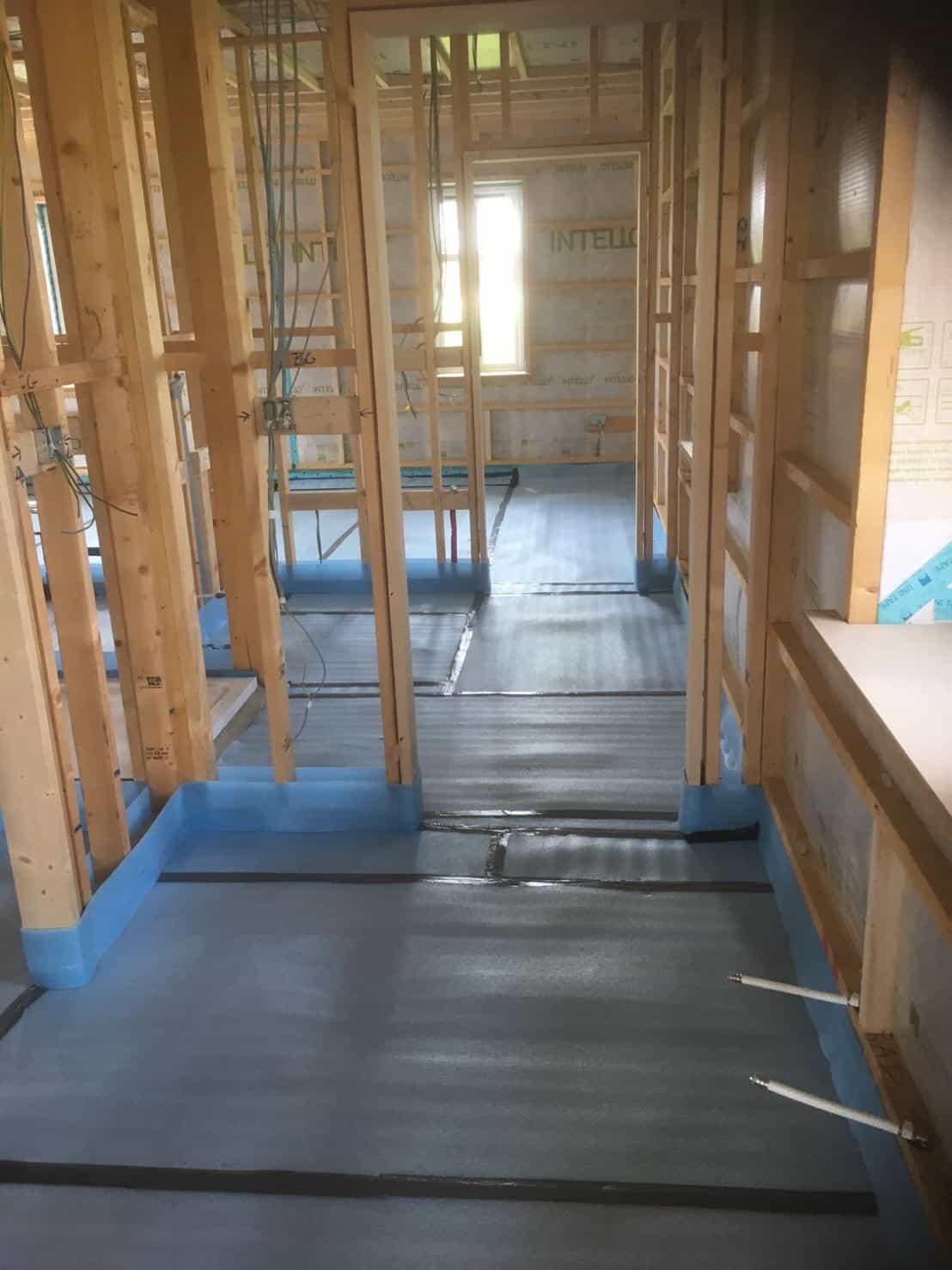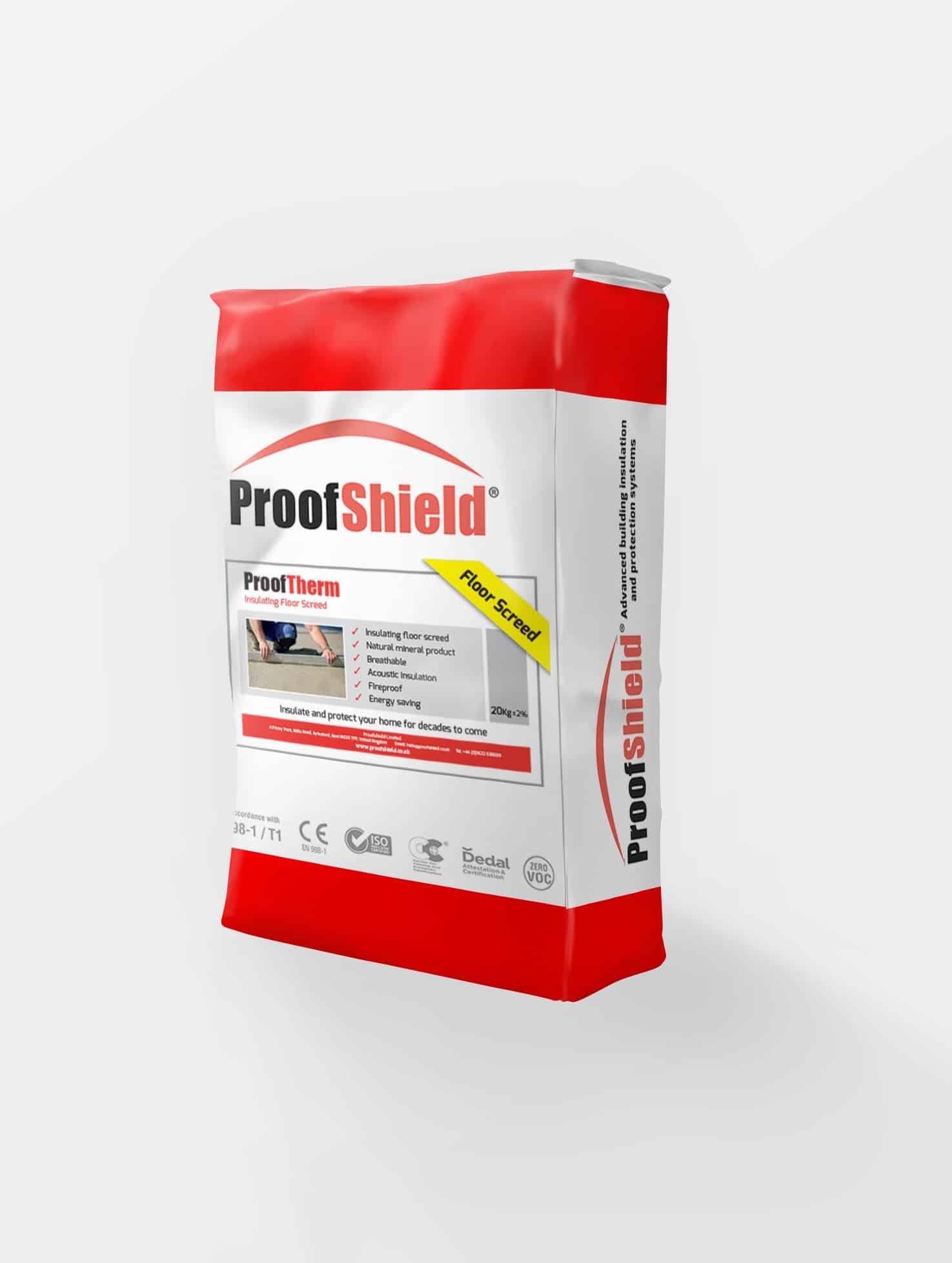Liquid Floor Screed Thickness
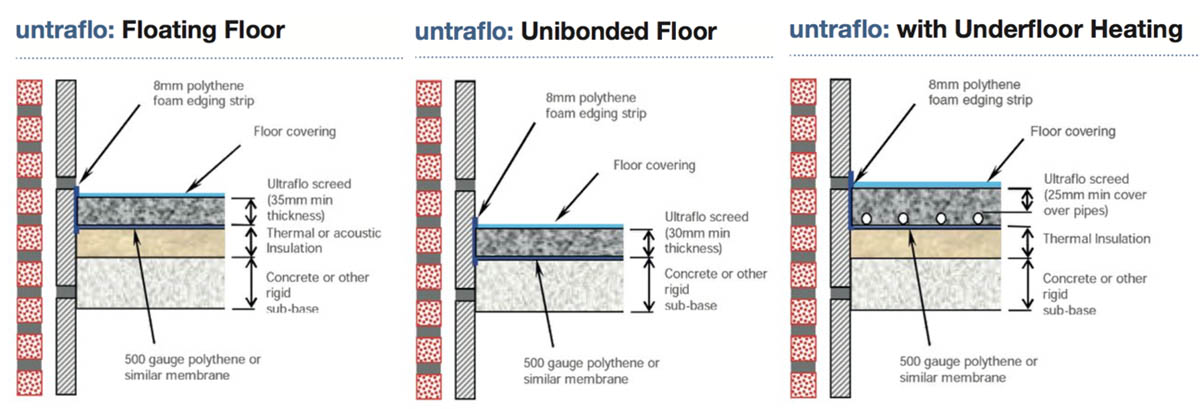
This traditional screed mix is made up from sand and cement at a 1 3 5 ratio and is then spread onto the floor and allowed to solidify around the ufh pipes or cables.
Liquid floor screed thickness. Liquid screed thickness with underfloor heating. If you need any further information we would be happy to answer any questions you may have. In this situation the liquid screed minimum thickness of 30mm is needed for covering the heating pipes or cables. There is one other variable which needs to be considered in liquid screed thickness and that is if the floor area is to have underfloor heating as part of the structure.
Nowadays most installers will use fibres to add strength and reinforcement to the flooring and will aim for a thickness around 75mm. In this case the liquid screed minimum thickness is 40mm. Minimum thickness for truflow pumped screed minimum thickness mm floor type bonded 25 unbonded 30 floating 40 over conduits and heating pipes 25 for all floor types abrupt changes in screed thickness should always be avoided as these may lead to the formation of cracks. I hope that helps with liquid screed thickness.
Minimum thickness for truflow pumped screed over insulation. Floating liquid screed thickness minimum with underfloor heating pipes would be 20mm for the specialist version and 30mm for the standard coverage above the pipes. The floor screed thickness when floating should be 75mm minimum with no maximum for traditional sand and cement and 35mm minimum with no maximum for modified sand and cement. At those kind of depths you would using void formers insulation and then screed on top.
